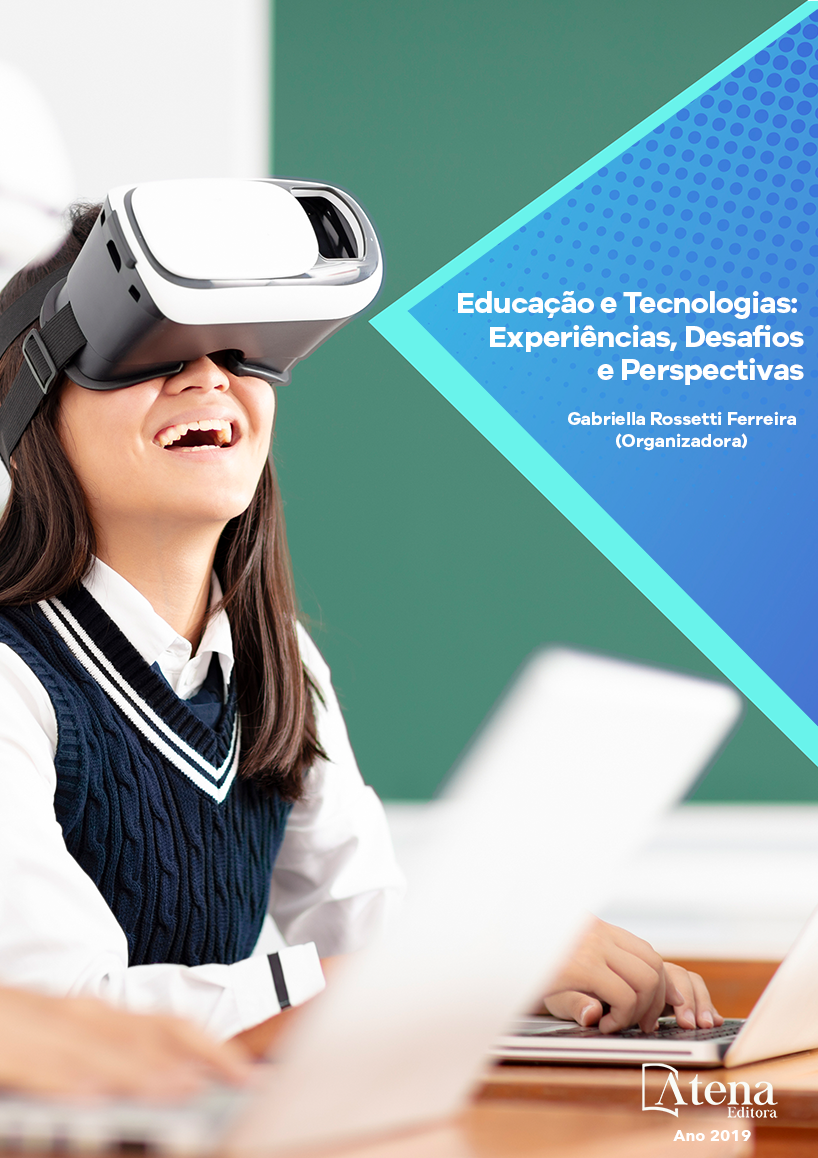
TECNOLOGIAS ASSISTIVAS E INCLUSÃO ESCOLAR: O USO DO SOFTWARE GRID 2 NO ATENDIMENTO EDUCACIONAL ESPECIALIZADO A ESTUDANTE COM AUTISMO EM UMA ESCOLA PÚBLICA DO DISTRITO FEDERAL
Este estudo teve como principal
objetivo analisar o uso do software GRID 2
e sua implicação nos processos de ensinoaprendizagem,
comunicação e inclusão
escolar de um estudnte com autismo do
Distrito Federal. A pesquisa fundamentou-se
nos estudos de Bersch (2009), Galvão Filho
& Damasceno (2006) e Salomão (2013) e
buscou compreender a organização do trabalho
pedagógico no Atendimento Educacional
Especializado (AEE) ofertado ao estudante com
necessidades educacionais específicas (NEE).
A metodologia utilizada foi a pesquisa-ação,
que conforme Barbier (2002), é apoiada em
procedimentos cíclicos de reflexão e ação para
favorecer o processo de mudança; o estudo de
caso complementou o percurso metodológico.
O estudo registrou maior articulação e
colaboração entre os profissionais envolvidos
no atendimento ao aluno, com evidência de
melhora na sua comunicação e perspectiva
de inclusão escolar por meio da tecnologia
assistiva, e apontou para a necessidade de se
investir na formação de professores de salas
regulares e de sala de recursos multifuncionais
para o uso dessas tecnologias no processo de
ensino e aprendizagem
TECNOLOGIAS ASSISTIVAS E INCLUSÃO ESCOLAR: O USO DO SOFTWARE GRID 2 NO ATENDIMENTO EDUCACIONAL ESPECIALIZADO A ESTUDANTE COM AUTISMO EM UMA ESCOLA PÚBLICA DO DISTRITO FEDERAL
-
DOI: 10.22533/at.ed.71519170432
-
Palavras-chave: Inclusão escolar. Software GRID 2. Tecnologias Assitivas. Autismo.
-
Keywords: School inclusion. GRID Software 2. Assistive Technologies. Autism.
-
Abstract:
This study aimed to analyze the
use of GRID 2 software and its implication in
the teaching-learning, communication and
inclusion processes of a student with autism in
the Federal District. The research was based
on the studies of Bersch (2009), Galvão Filho
& Damasceno (2006) and Salomão (2013)
and sought to understand the organization
of pedagogical work in the Specialized
Educational Assistance (AEE) offered to
students with specific educational needs (SEN).
The methodology used was the action research,
which according to Barbier (2002), is supported
in cyclical procedures of reflection and action
to favor the process of change; the case study
complemented the methodological approach.
The study showed a greater articulation and
collaboration among the professionals involved
in student care, with evidence of improvement in
their communication and perspective of school
inclusion through assistive technology, and
pointed to the need to invest in teacher training
in regular and multifunctional resource room for
the use of these technologies in the teaching
and learning process.
-
Número de páginas: 15
- Amaralina Miranda de Souza
- Flávia Ramos Cândido


